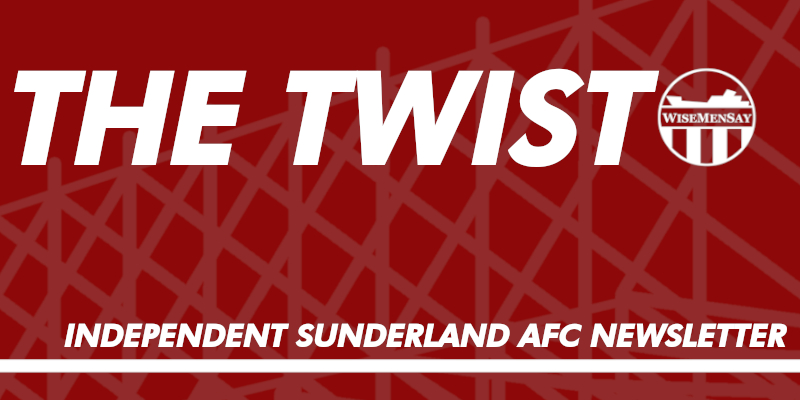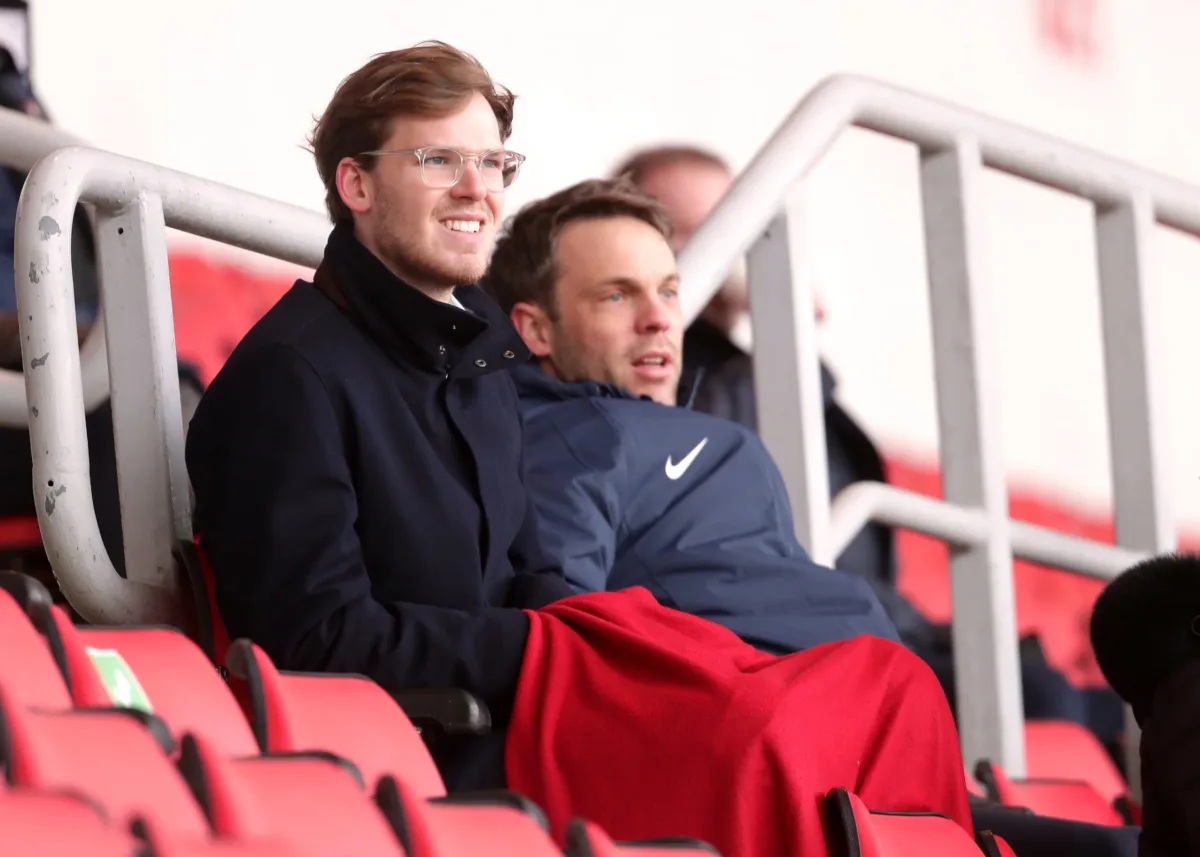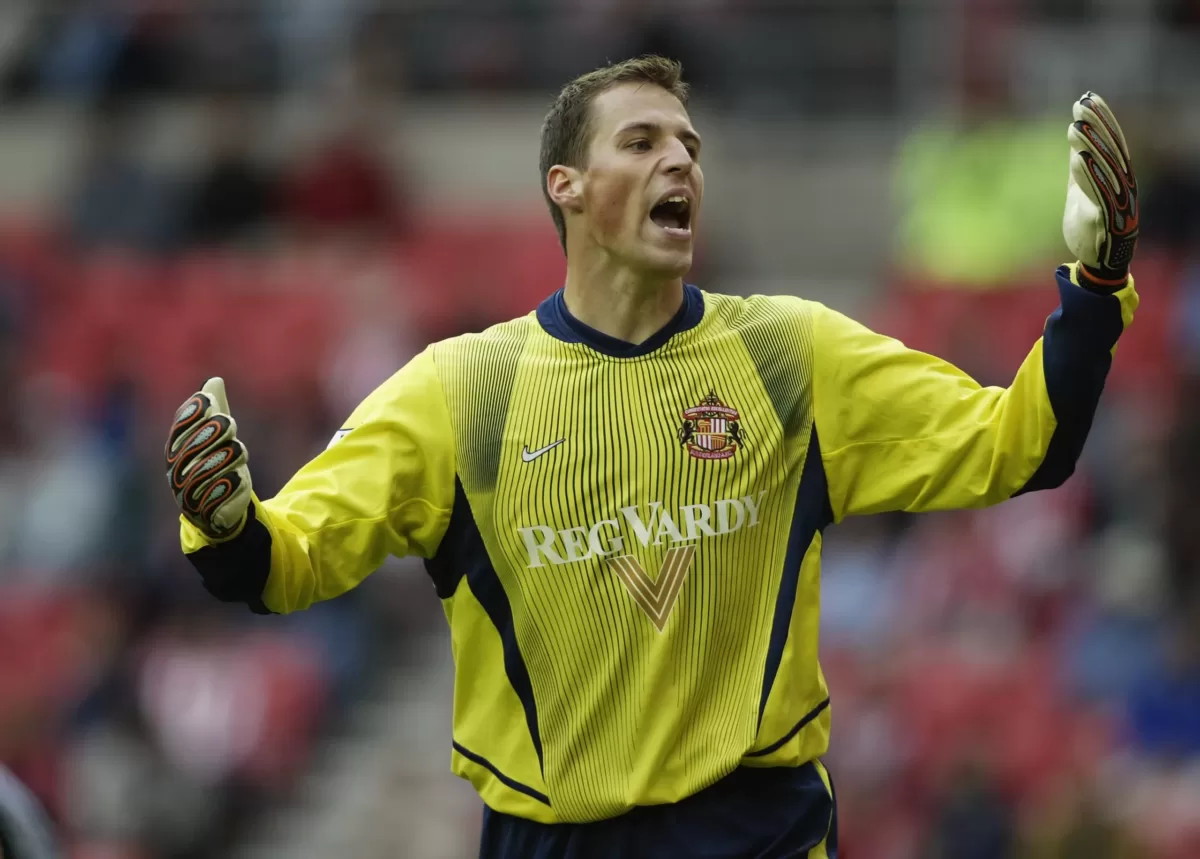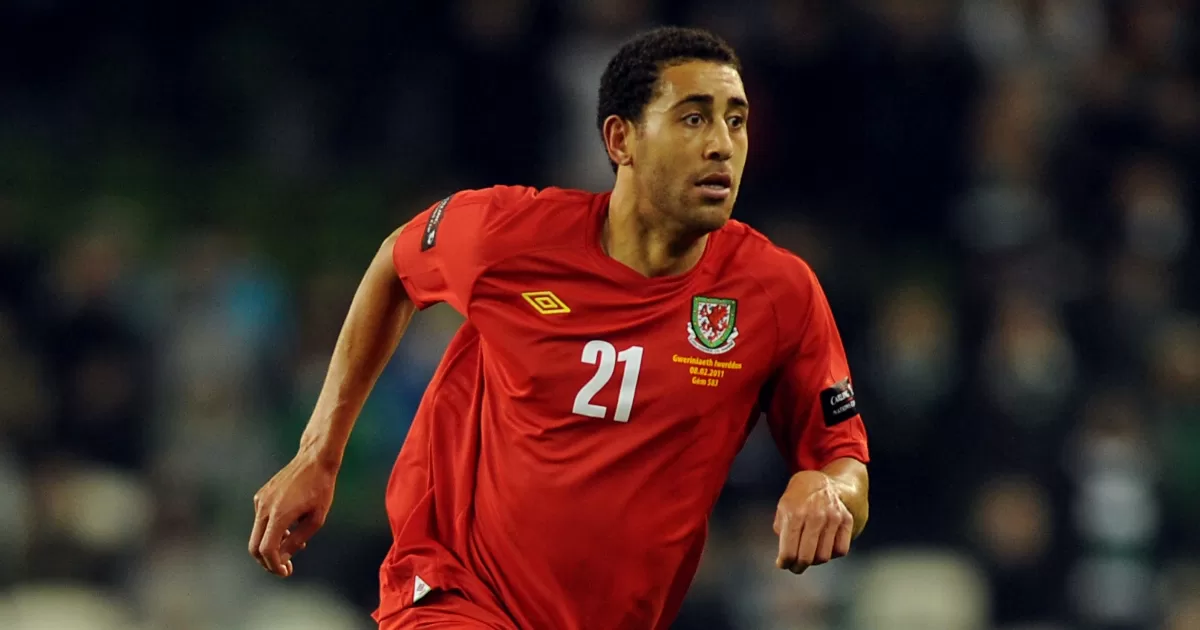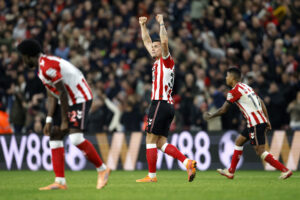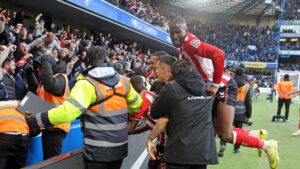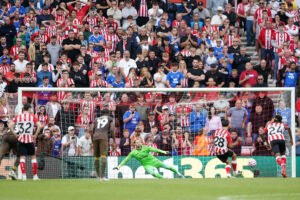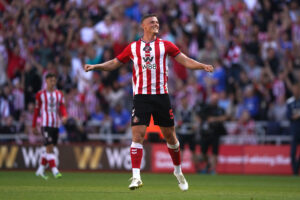There’s nothing quite like pre-season optimism.
No matter how bad a summer your team has had, at about 2.55pm on the first day of the season, you genuinely think you can win the league. Nothing else matters. THIS IS OUR YEAR.
Of course, this optimism is quickly extinguished. In 2005, it took just 11 minutes for any hope we had for a successful return to the Premier League to be utterly destroyed by tomorrow’s opponents, Charlton Athletic. Everyone knows what happened to us that season, and that first game set the tone for our worst ever campaign in the top division.
Having been relegated from the Premier League with a record low 19 points in 2002-3, Sunderland spent two fallow years in the newly-branded Coca Cola Championship under Mick McCarthy. We almost bounced back at the first attempt, but play-off heartbreak was meted out by Crystal Palace – remarkably, a defeat I am still not fully over which was made worse at the time by sharing a student house with a Palace fan.
McCarthy was able to ship out some of the high-earners that had remained from our last Premier League stint in the summer of 2004, and bring in some promising players plucked from the lower leagues – Dean Whitehead from Oxford United, Liam Lawrence from Mansfield, and Danny Collins from Chester City. He also shrewdly plucked a young Stephen Elliott away from Manchester City and recruited the likes of Carl Robinson, Steven Caldwell and Andy Welsh.
We were solid if not spectacular in that Championship-winning season, and even though the gulf between the second tier and the Premier League wasn’t as vast as it is nowadays, as fans we knew that chairman Bob Murray would have to put his hands in his pockets and spend a significant amount of money to add the requisite quality needed to stay in the top flight.
Murray – who was by then largely disillusioned with the state of football governance, recognising that the game was becoming spoiled by foreign investment such as Roman Abramovich’s revolution at Chelsea – handed McCarthy a budget of £10million.
In 2005, that would have been just about enough to add a few quality players, at least give us a fighting chance. The £10m warchest, however, was to include wages and agents’ fees, meaning the amount for actual transfer fees was nearer £5million.
It was not nearly enough.
To be successful Sunderland needed the spine of a team – we had limped to the end of the previous season with the likes of Ben Alnwick and Michael Ingham in goal, we needed a centre half, full-backs, a central midfielder to partner Whitehead and a striker to partner Elliott, with the likes of Kevin Kyle in and out of the team through injury.
With just £5m to play with, that’s a lot of players for very little.
McCarthy had to wheel and deal to build his Premier League class of 2005-6, shelling out the bulk of our budget on Jon Stead from Blackburn for £1.8million in June, spending £1.25m on stopper Kelvin Davis who had just been named in the Championship team of the season.
Veteran centre half Alan Stubbs was brought in on a free transfer from Everton which looked like a real piece of business for McCarthy, while Anthony Le Tallec had versatility across the front line as he arrived on loan from Liverpool on the same day with a week to go until our season opener against the Addicks.
With two days to go, McCarthy spent the last of his meagre budget, handing over £1.1million for Andy Gray from Sheffield United.
The likes of Daryl Murphy, Nyron Nosworthy, Tommy Miller, Martin Woods and Joe Murphy had joined in the meantime for little or no fees. The bulk of McCarthy’s rebuild was complete.
Later shopping would include French midfielder Christian Bassila on a free transfer, while the club sanctioned a swap deal with Arsenal involving Mart Poom in return for full-back Justin Hoyte.
Our hopes were high for Stead in particular, who had shown some promise at Huddersfield Town where Sunderland attempted to lure him to Wearside. Instead, he had joined Blackburn and had two seasons of top flight football under his belt. His stock was still high, and Stead was expected to be the ideal partner for Elliott in attack with Gray and Le Tallec providing cover.
The idea around signing Stubbs was that he could emulate the impact Steve Bould had under Peter Reid in 1999-00 as the veteran Arsenal defender enjoyed an Indian summer to his career.
Charlton, meanwhile, were still under the management of the erstwhile Alan Curbishley, but had developed a reputation for starting a season like the clappers and falling by the wayside towards the end, finishing 11th in the previous campaign.
I remember thinking they were nothing special, mid-table plodders, but had made what many had predicted to be a shrewd signing in Darren Bent, who had top-scored for Ipswich Town the year before. Bent joined the Addicks in a deal worth £2.5million – less than the combined fees that Sunderland shelled out for Gray and Stead.
I mentioned the optimism earlier and, having looked at both squads while researching this, I honestly can’t believe how I expected this to be anything but an easy Charlton win. I was 22 and while many look back at those McCarthy years negatively, I absolutely loved it. The ridiculous optimism of youth.
Eleven minutes was all it took as Bent nipped in on his debut to slot past his former teammate Davis.
We equalised with a scrappy Gray goal, also on his debut, but the second half was a sobering experience as Danny Murphy curled in a peach of a free-kick.
Then, in the 90th minute, Bent was allowed to stretch his legs again to cap a dream start to his Addicks career – paving the way for a £16.5million move to Tottenham a couple of years down the line.
He went on to score 18 Premier League goals that season. He cost £2.5million.
Stead, meanwhile, would go on to score one solitary goal. One goal. Gray’s debut goal was his last that season. He’d go on to make another 21 miserable appearances in the top flight for us, where he’d constantly grab hold of his defender and concede a free-kick every time the ball came his way.
Stubbs, meanwhile, was nothing like Bould, as it turned out. He was an absolute disgrace to the profession, admitting to silently celebrating as his beloved Everton beat us in the last minute later that season, and racing off the pitch on other occasions to check Teletex on how the Toffees had got on.
He made 11 appearances and left in January to rejoin Everton, becoming a mainstay of David Moyes’ team.
As we all know, Sunderland were a complete car crash, finishing with a then-record low of 15 points. When they eventually returned to the Premier League under Roy Keane in 2007, we won more points in our first season back than we had managed to achieve in our previous two seasons in the top flight combined.
If Murray was disillusioned with being a football chairman a year earlier, he’d completely lost interest by the end of the 2005-6 campaign, and rumours were rife that he was willing to sell to a consortium headed up by Niall Quinn.
Quinn was in attendance for one of the final home games of the season as Arsenal ran out 3-0 winners over the hosts, now managed by Kevin Ball after McCarthy was shown the door earlier in the year.
We didn’t know it at the time, but that opening-day defeat, the apeterif to that terrible season, ended up being a catalyst for change on Wearside as Quinn completed his takeover backed by seemingly every rich person in Ireland, which led to Roy Keane, a ten-year stint in the top flight and all that came with it.
Charlton, meanwhile, would go on to be relegated from the top flight a year later, and have never returned, dotting between the Championship and League One against the backdrop of bad ownership.
Had we known all of that on 13 August, 2005, we might have felt a little better about being beaten like we were.
Richard Easterbrook


